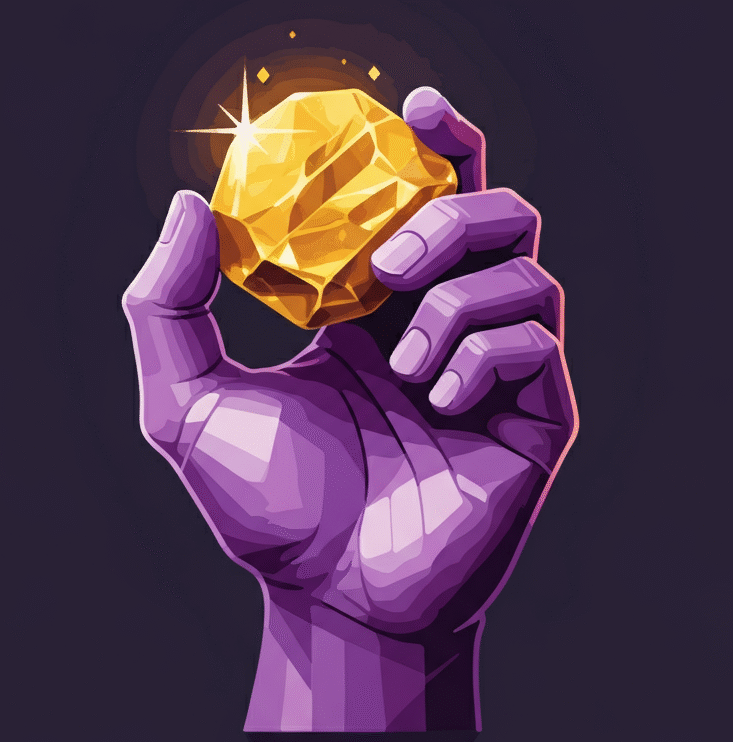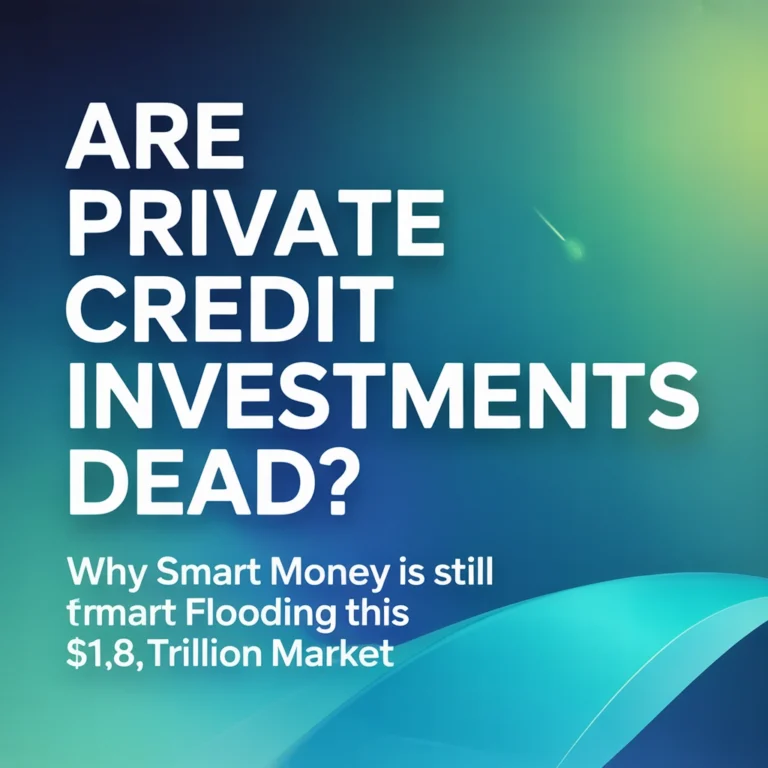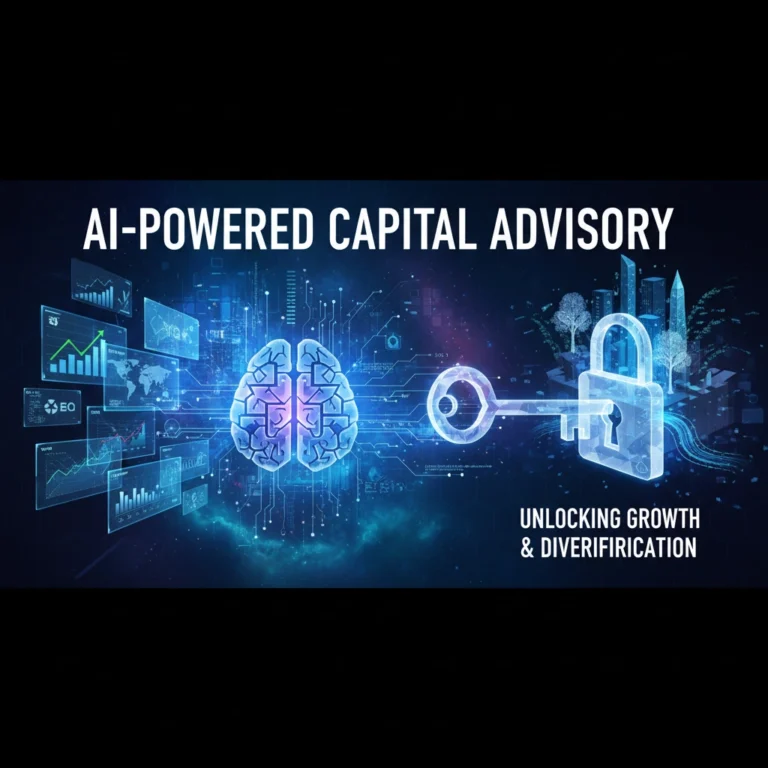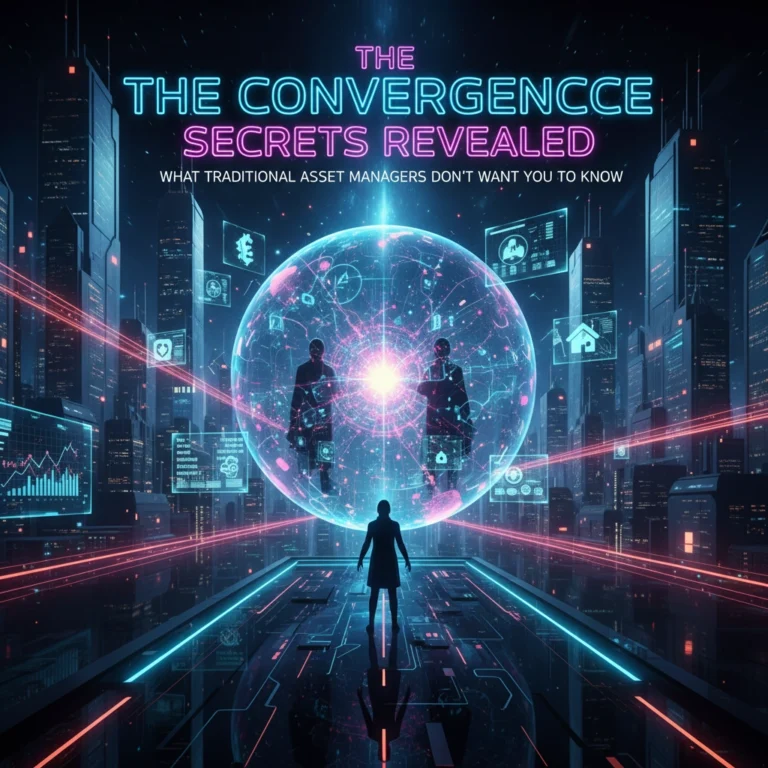Tokenized Assets & The Next Era of Diversification: What Investors Need to Know

Understanding Asset Tokenization
Asset tokenization is transforming the investment landscape. So what does it mean? Put simply, tokenization is the process of converting rights to a physical or digital asset—real estate, artwork, stocks, even commodities—into a digital token that lives on a blockchain.
These tokens are much more than crypto coins. They’re programmable digital representations of actual ownership: shares of a company, slivers of a Manhattan skyscraper, or even revenue rights to a song. The real innovation is that any asset—tangible or intangible—can be securitized and made readily tradable, without a traditional middleman.
Types of Tokens:
- Fungible Tokens: Interchangeable units (think shares in a property fund).
- Non-Fungible Tokens (NFTs): Unique representations (a specific Picasso or vintage car).
Tokenized assets are created and transacted on blockchains, which means transactions are secure, transparent, and fully digital. From a regulatory perspective, many tokenized assets are classified as “security tokens,” often issued through Security Token Offerings (STOs).
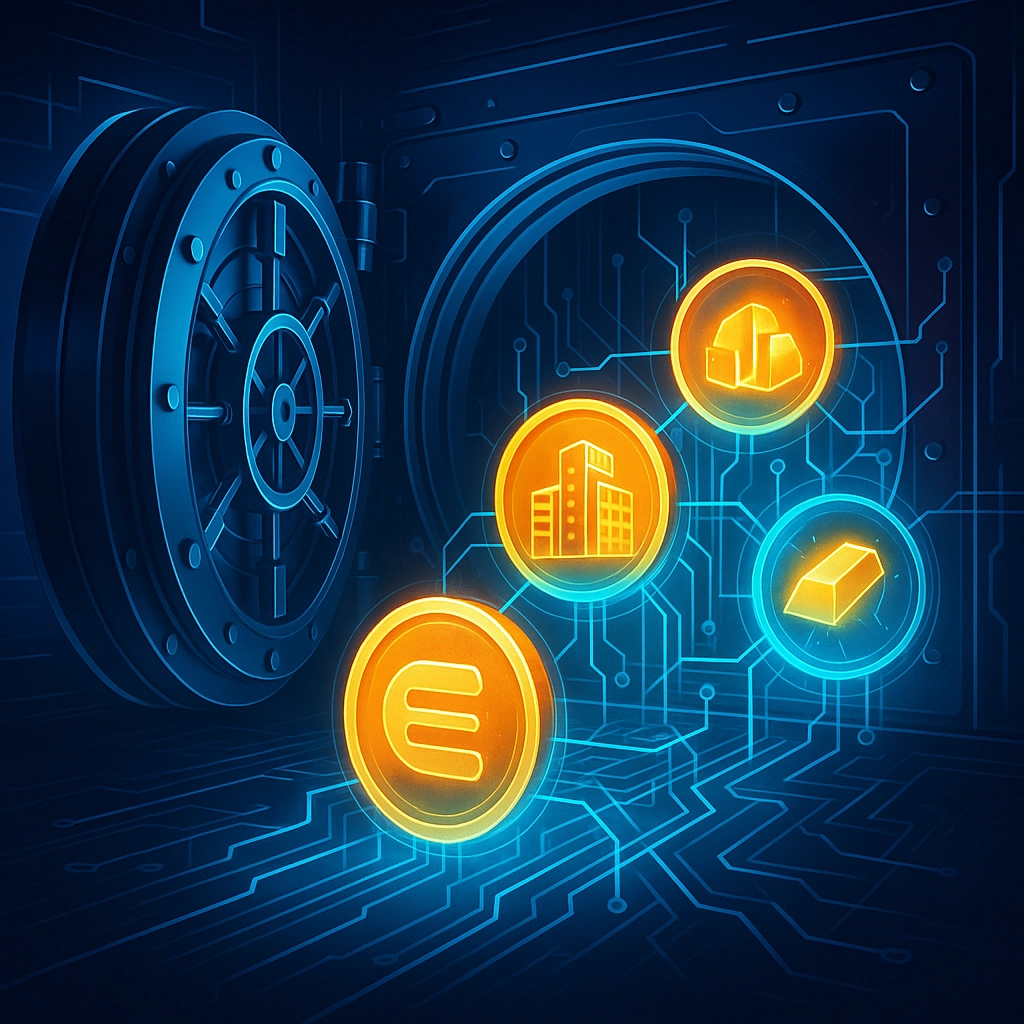
The Diversification Revolution
Breaking Down the Old Barriers
Diversification is the bread and butter of smart investing. But historically, diversification across asset classes—especially illiquid or high-value ones—has been reserved for institutional investors or the ultra-wealthy. Think about trying to buy into a multi-million-dollar property or a rare art collection. High minimums, low transparency, and complex structures kept most people out.
Tokenization flips the script. By fractionalizing assets, the cost of entry is dramatically lowered. You can now own a fraction of a high-rise, a barrel of oil, or part of a Picasso, often for the price of a single share of stock.
What does this mean? Everyday investors can build high-quality, diversified portfolios across assets they never could touch before—spanning real estate, fine art, startups, infrastructure projects, and more.
The Expanding Universe of Tokenizable Assets
Tokenization is not limited to the obvious investment products. Here are just some of the assets investors can now access more easily:
- Real Estate: Residential, commercial, and undeveloped land.
- Commodities: Gold, silver, oil, and natural resources.
- Fine Art & Collectibles: Paintings, sculptures, classic cars, rare wine.
- Financial Instruments: Bonds, private equity, venture capital funds.
- Intellectual Property: Music royalties, patents.
- Infrastructure: Renewable energy projects, toll roads, telecom towers.
- Agriculture: Farmland, timber, crops.
This broad spectrum introduces new opportunities for both income and appreciation—and gives investors tools to mitigate risk through true diversification.

Key Benefits for Modern Investors
Enhanced Accessibility and Democratization
By lowering minimum investments, asset tokenization brings down historic barriers to entry. Investors in developed and emerging markets suddenly have access to global opportunities previously off-limits. All you need is an internet connection and a smartphone—the technology democratizes investment at a scale previously unimaginable.
Operational Efficiency and Cost Savings
Traditional financial transactions rely on layers of custody, clearing, and settlement, resulting in high fees and long wait times. On-chain transactions are near-instant, automated via smart contracts, and cost a fraction of legacy systems. Tokenization simplifies the investment and management process, making it easier for issuers and investors to connect directly.
- Faster Settlement: Trades are executed quickly and transparently.
- Automated Compliance: Smart contracts handle regulatory checks and payments.
- Lower Costs: Fewer intermediaries mean fewer fees.
Flexible Custody Solutions
Tokenization accommodates different risk profiles. If you want maximum control, self-custody through digital wallets is possible. Prefer a hands-off approach? Custodial solutions are available, offering traditional-style account security with modern asset flexibility.
Market Growth & Future Trends
The tokenization market is on an explosive growth path. Real estate is leading the charge: Deloitte projects that by 2035, the value of tokenized real estate transactions could hit $4 trillion—up from less than $0.3 trillion in 2024. That’s an annual growth rate of 27%.
Tokenization is also rapidly expanding into private market funds, infrastructure, intellectual property, and more, based on the foundational benefits of liquidity, fractionalization, and automation.
What’s Fueling Growth?
- Institutional Adoption: Banks, asset managers, and alternative investment firms are actively exploring tokenized products.
- Regulatory Progress: Frameworks are evolving to support compliant issuance and trading.
- Ecosystem Maturity: Robust trading platforms and custody solutions are becoming mainstream (for an example of this innovation in action, check out Mansa Investments).
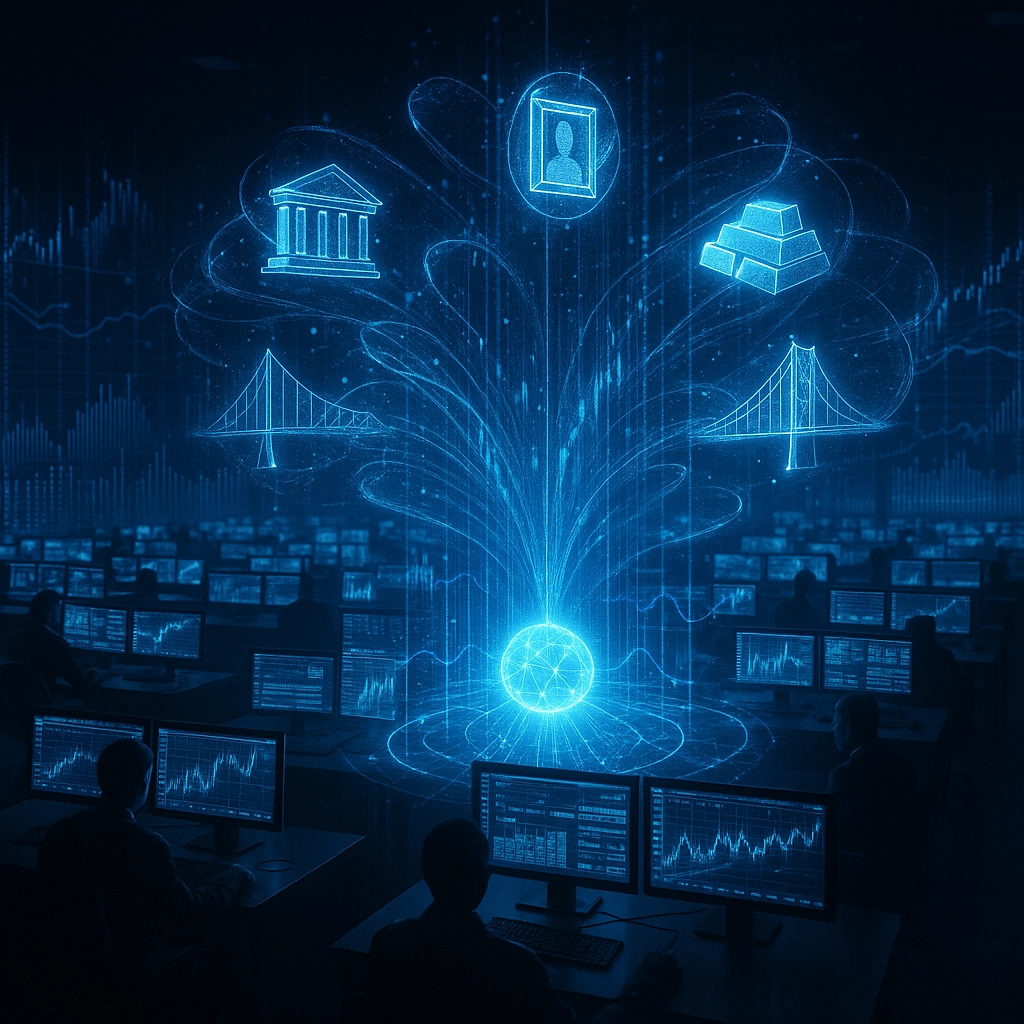
Strategic Considerations for Investors
Portfolio Construction
Tokenization lets you build more granular portfolios. Instead of putting $100,000 into a single asset, you can spread it across dozens, improving risk management and tailoring exposure to your preferences.
- Example: Invest $1,000 each into ten different assets: a Paris condominium, a solar farm, a rare painting, and more.
- Result: Better risk-adjusted returns, less exposure to any single asset class or geography.
Technology and Integration
Tokenized markets bridge traditional finance and digital innovation. They keep familiar investment concepts—ownership, income streams, dividends—but turbocharge them with blockchain’s efficiency and transparency.
Educating yourself about wallets, exchanges, and custody will enhance your investment experience and security.
Global Access & Liquidity
Perhaps the most exciting benefit? Global, 24/7 access to previously illiquid assets. You’re no longer limited by geography or working hours—tokenized markets run around the clock. Liquidity is improving as more marketplaces and investors come online, making it easier to buy and sell fractional ownership in real time.
Risks and Challenges
Tokenization is not without hurdles. Here’s what savvy investors should keep in mind:
- Regulatory Uncertainty: Laws and oversight are evolving, and compliance is crucial.
- Technology Risk: Blockchain platforms vary, and some may be more secure or robust than others.
- Market Liquidity: Not all tokenized assets are equally liquid; some may take time to sell.
- Due Diligence: As always, vet assets and issuers carefully—transparency is better but not foolproof.
Conclusion
Asset tokenization is ushering in a fundamental shift in how we build diversified portfolios. By opening access to real-world assets, lowering costs, and providing true global reach, tokenization is democratizing finance on a massive scale. As the regulatory environment matures and the technology improves, investors who educate themselves early will have the best seat at the table.
Explore how Mansa Investments is leveraging asset tokenization to create next-generation portfolios for individuals and institutions at mansa.markets.
Ready to join the new era of diversification? The opportunities are here—if you know where to look.
